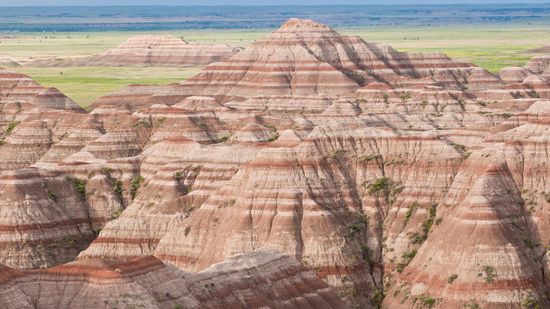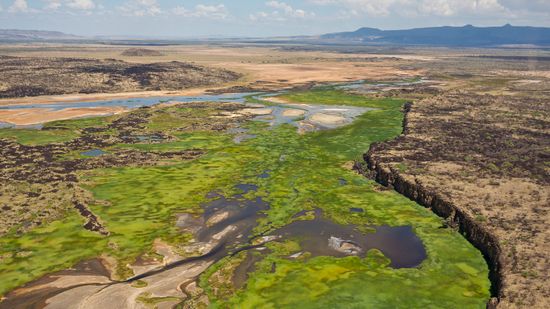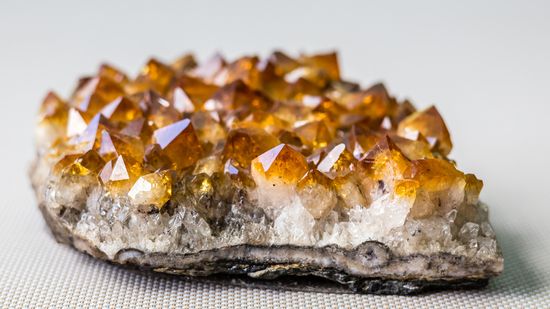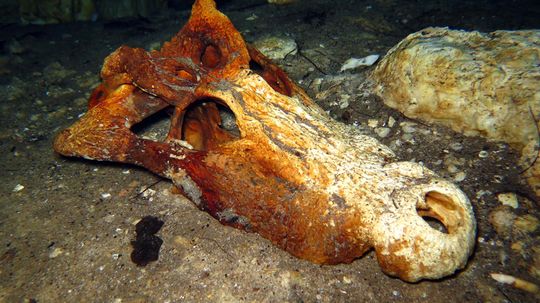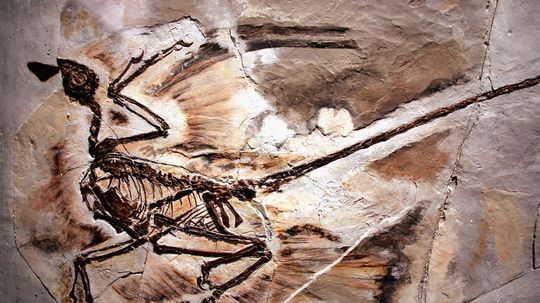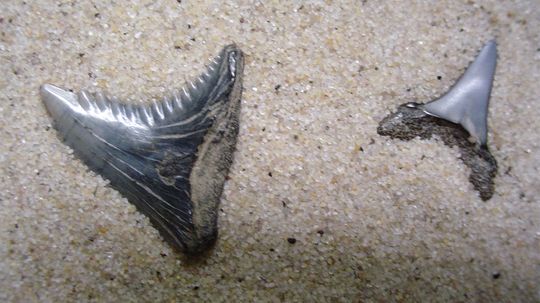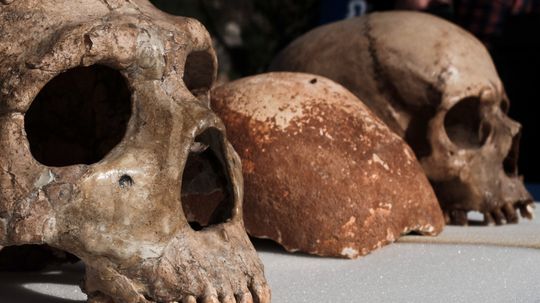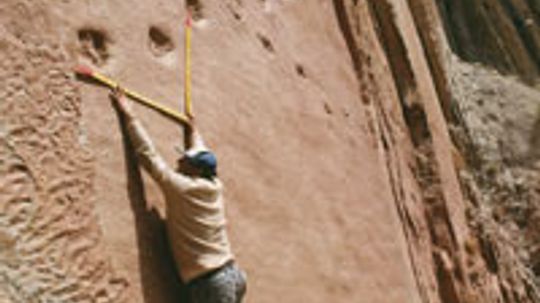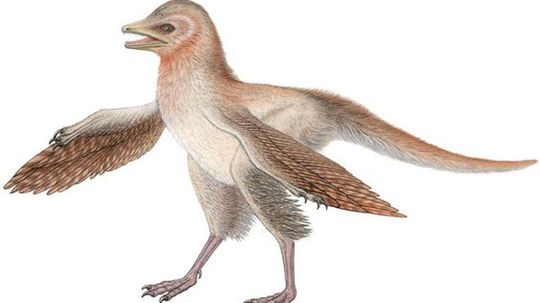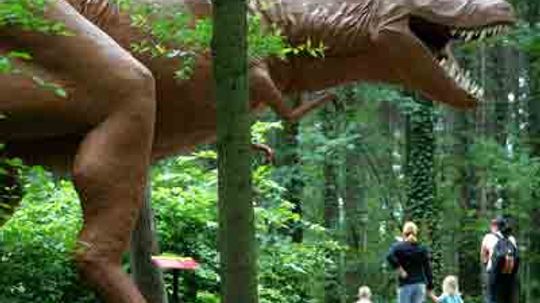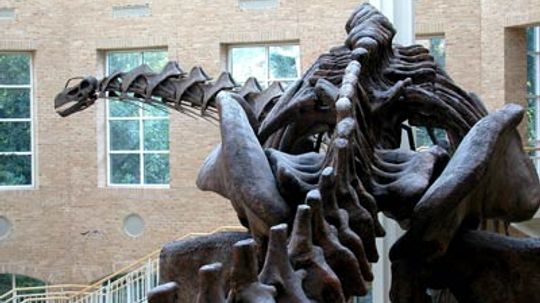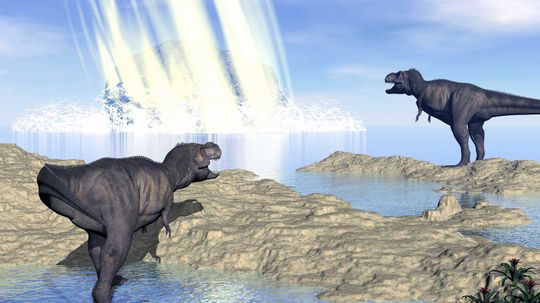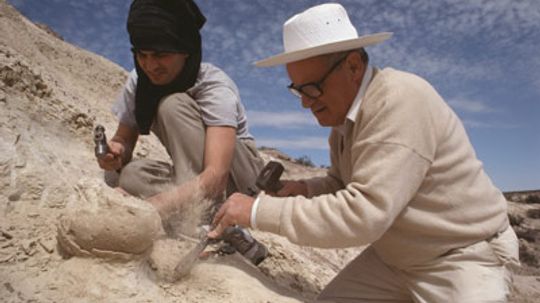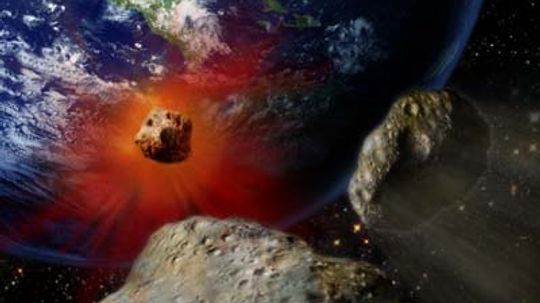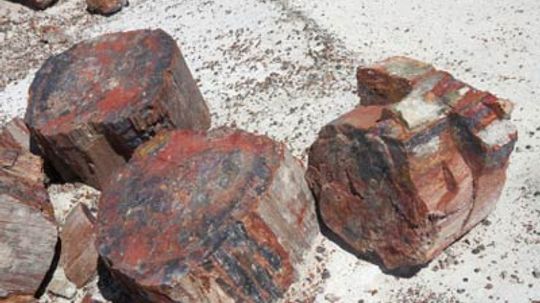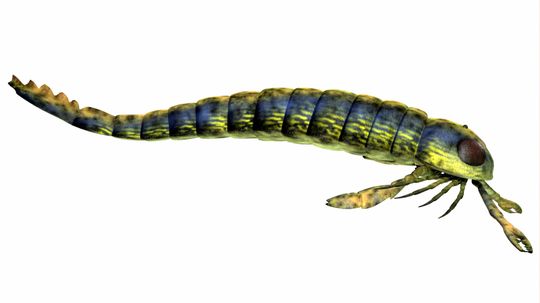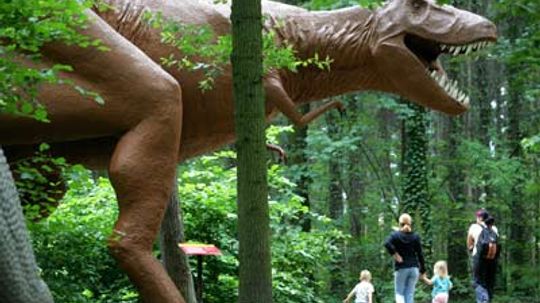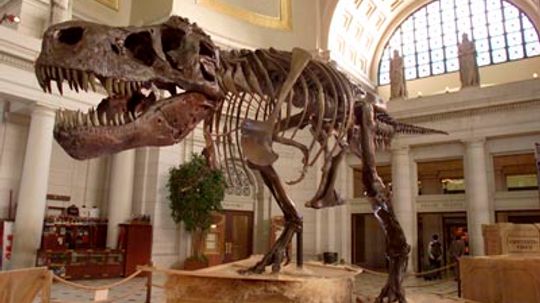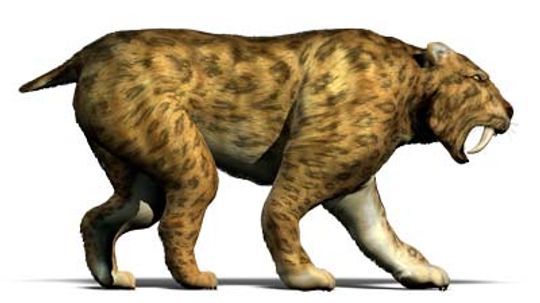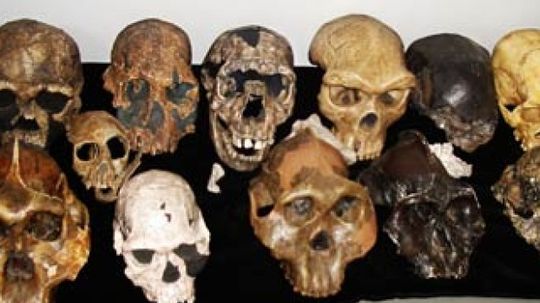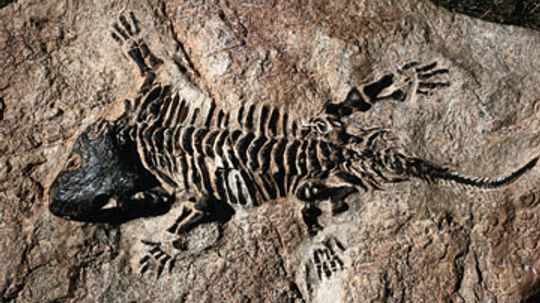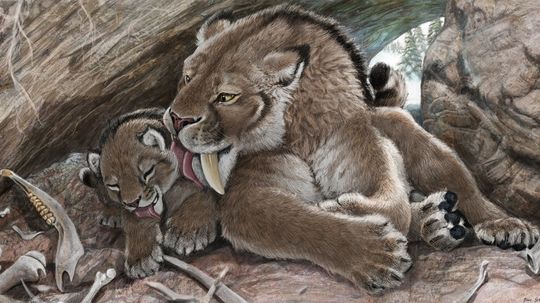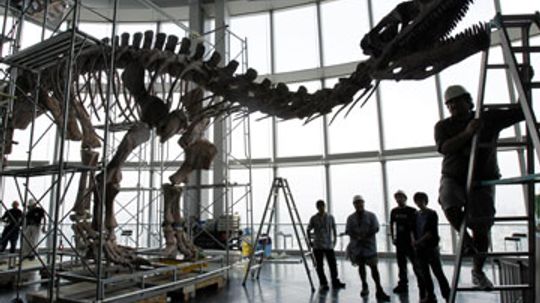Paleontology
Paleontology is a historical science focused on explaining life on earth. The study of fossils can help us answer the question of where we came from.
Learn More
Winding through the South Carolina low country, the Cooper River is a reed-lined haven for sportfish and shorebirds. The waterway originates in Berkeley County's Lake Moultrie. From there, it proceeds all the way down to Charleston, where it merges with the Ashley and the Wando to form that city's world-famous harbor. (Ever hear of Fort Sumter?)
By Mark Mancini
Birds are - quite literally - living dinosaurs. Our quiz will test your knowledge of the fluffy, downy and winged dinos of the bygone Mesozoic era, from little Microraptor to the enormous Yutyrannus.
By Mark Mancini
To honor their prehistoric pasts, most U.S. states have designated official state fossils, ranging from trilobites to dinosaurs. Take our quiz to learn more!
By Mark Mancini
Advertisement
Decades of fossil discoveries have revealed much about the extinct members of our hominid family tree, but we're far from having all the answers. What have we learned from some of these fascinating finds?
By Jane McGrath
It's not a trick; before you are a number of reptilian footprints in the rock. They're dinosaur tracks, preserved for thousands of years. But how did they possibly get there?
Some people believe that dinosaurs were relatives of today's birds. But, you might ask, if that's so, why didn't they have feathers? Funny you should ask.
Hollywood makes T. rex seem fast and agile, but some scientists think it was a scavenger, like a vulture. So which was it?
Advertisement
Ever since its discovery in 2000, a dinosaur fossil named Leonardo has held the interest of paleontologists the world over. A 3-D model of the animal even toured the world. So what's the big deal?
Sometimes dinosaur fossils are too large and heavy to display without damaging them. How are those enormous models built? And what makes them look so realistic?
Researchers think the Chicxulub crater was caused by the massive asteroid that also killed off the dinosaurs 66 million years ago. What else do we know about this peak-ring crater?
By Mark Mancini
Dinosaur eggs and the embryos inside can teach us a lot about dinosaur reproduction and behavior. But how do scientists get the rocky embryos out from the equally rocky shells?
Advertisement
We all know the cartoons of prehistoric people running from dinosaurs aren't realistic. But many animals living today have ancestors from that time.
Everyone knows that once a bone has fossilized, it's hard as a rock, right? So how did scientists find soft tissue inside a broken dinosaur bone?
The sea scorpion may have been the largest bug to ever live on the Earth, according to a recent find. Learn more about the giant sea scorpion.
By Josh Clark
Are dinosaurs real? Most people don't have to travel too far to answer that question in the affirmative with some kind of exhibit displaying dinosaur fossils. Or simply look at any bird you can see outside your home.
Advertisement
The 1993 movie "Jurassic Park" did a good job of bringing the idea of cloning dinosaurs into popular culture. It portrayed dinosaur cloning in a way that made sense to a lot of people, but is it really possible?
Every time a new fossil is found, one of the first things scientists determine is how old that fossil really is. But how do they determine it, and how can they be completely accurate?
Saber-tooth cats have long been likened to tigers, but they aren't tigers at all. While they share some physical traits and hunting practices with tigers, saber-tooth cats are also quite different.
Fossils tell a story, much like the clues at the scene of a crime. Researchers look for evidence and paleontologists study that evidence to answer questions about the past.
Advertisement
At best, fossilization is a long and tricky process that mineralizes an occasional Tyrannosaurus rex or other extraordinary find. How has that affected our chances at charting a model of life itself?
By Robert Lamb
Researchers discovered that everyone's favorite prehistoric cat had some seriously big bones - even as a youngster.
By Robert Lamb
You likely heard that paleontologists uncovered a cache of dinosaur embryos, bone fragments and eggshells in China. You also may recall that we've made crazy leaps forward in genetics and genomics. Can we put the two together and create a dinosaur?
Anthropologists specialize in, well, us. But studying humankind doesn't mean you have to hole up in a library or laboratory. Take a peek at this article to learn more about the dynamic, enriching field of anthropology.
Advertisement
When it comes to fossils, specimens like Sue the Tyrannosaurus rex grab much of the attention. And while Sue is a staggering 67 million years old, she's a new kid on the block, compared to some of the oldest fossils ever found. What's older than Sue?
Crack open any science textbook and the authors will tell you that such things don't happen. So how did a couple of paleontologists and an acid bath turn that widespread belief on its head?
By Robert Lamb
